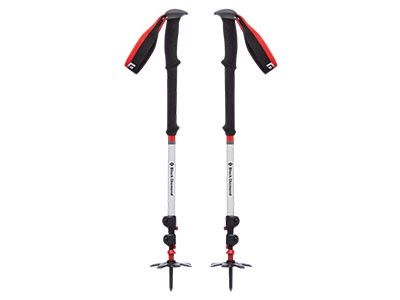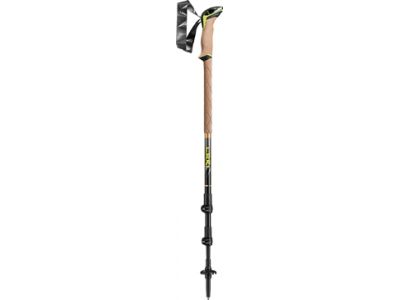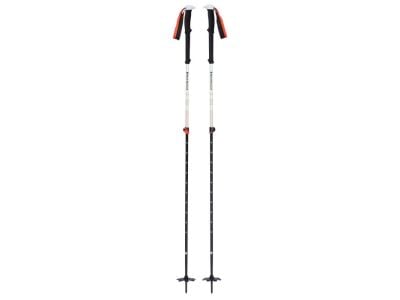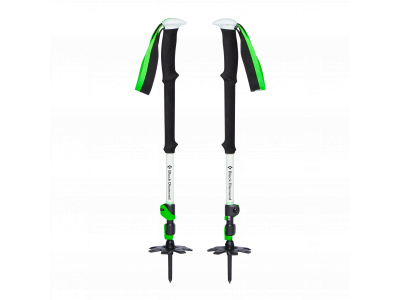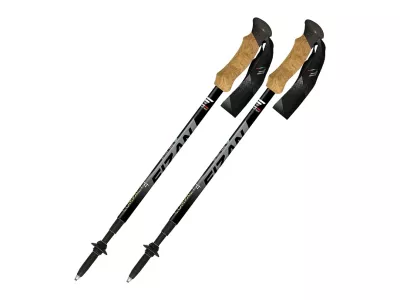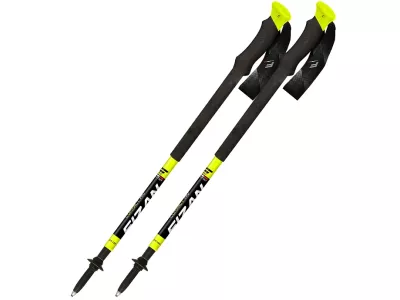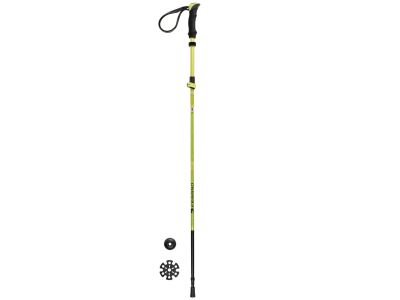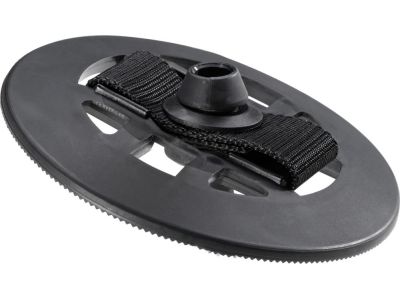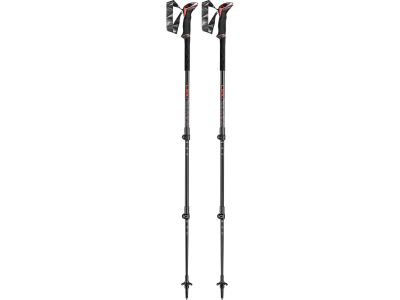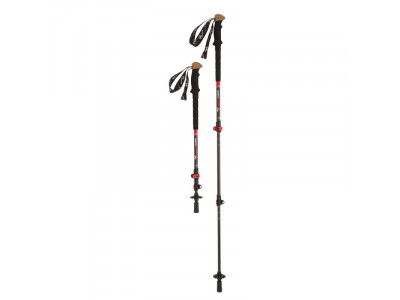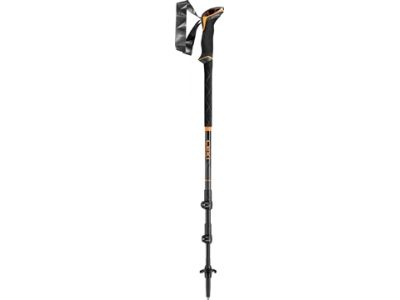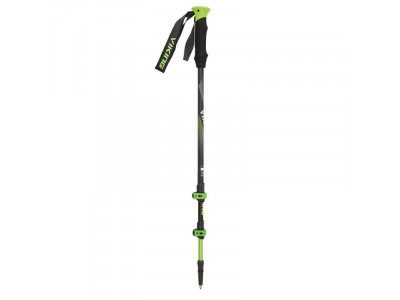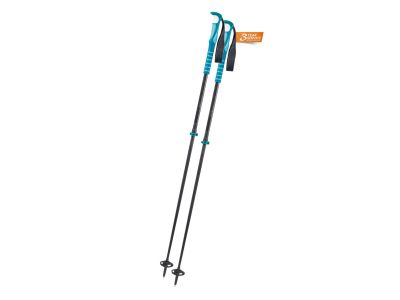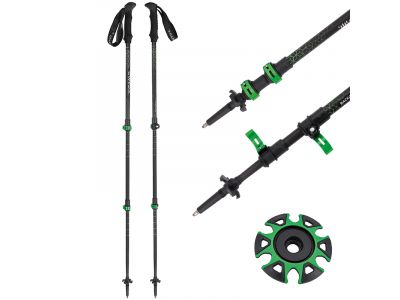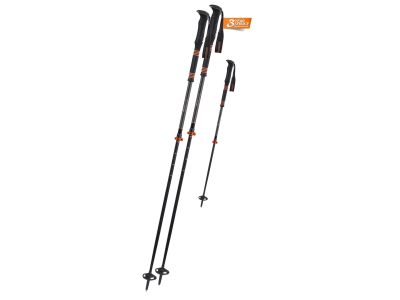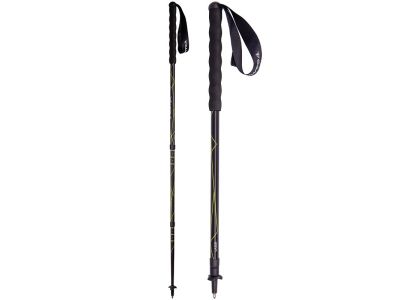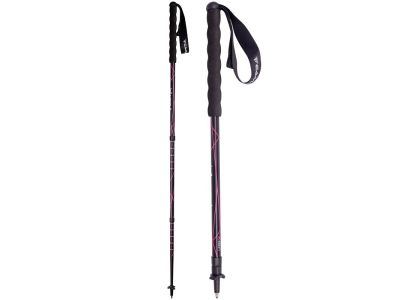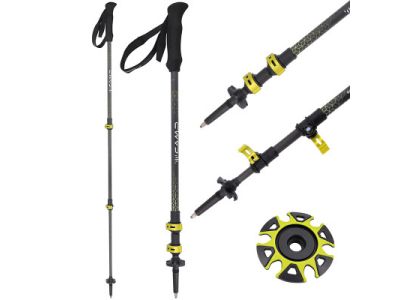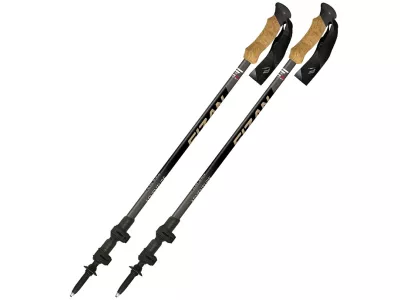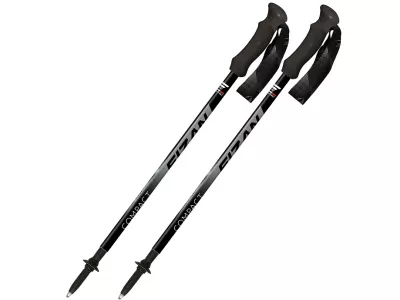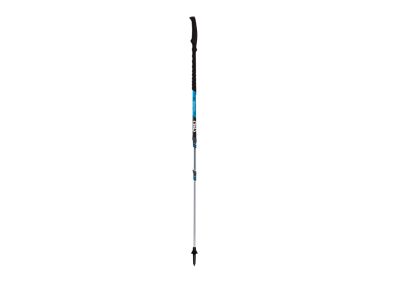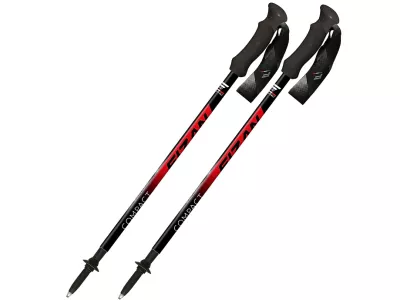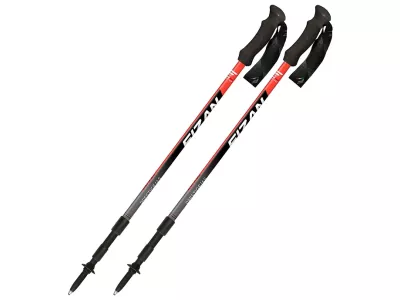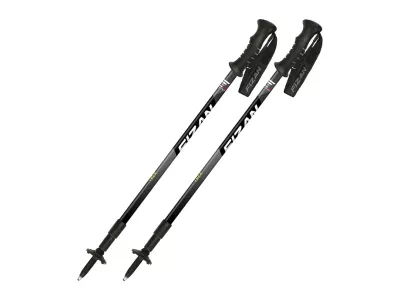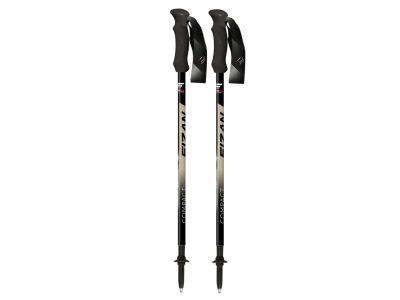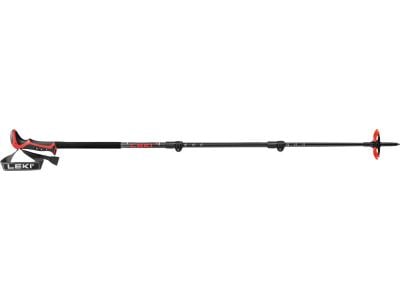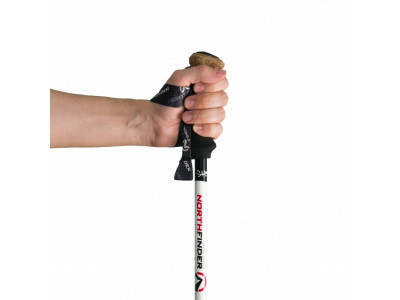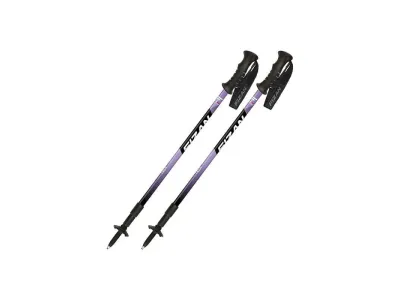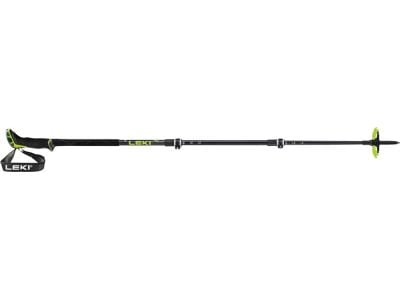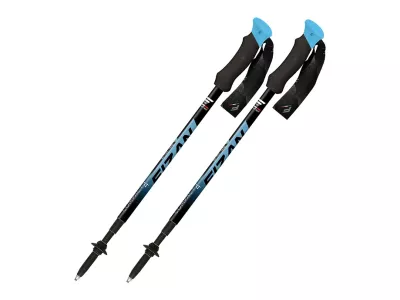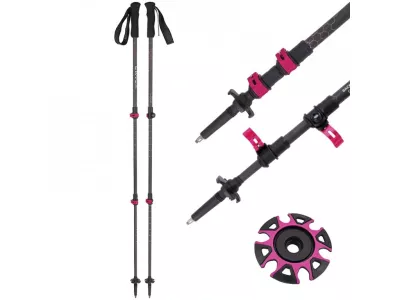
Sale -15% CAMP Backcountry Carbon women's poles, 66 - 125 cm
61.99 €
-15%
RRP 76.99 €

Sale -18% Leki Cressida women's trekking poles, 90-125 cm, mango/white/silver
82.99 €
-18%
RRP 110 €
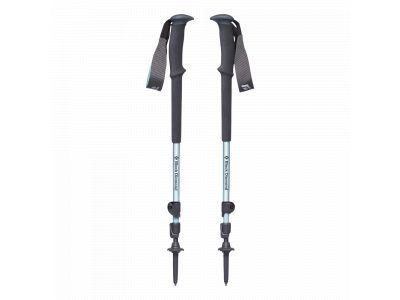
-21% Black Diamond W'S TRAIL women's trekking poles, alpine lake
79.99 €
-21%
RRP 110 €

Clearance -22% Viking UPPSALA poles, 83-135 cm, black/light purple
34.99 €
-22%
RRP 49.99 €
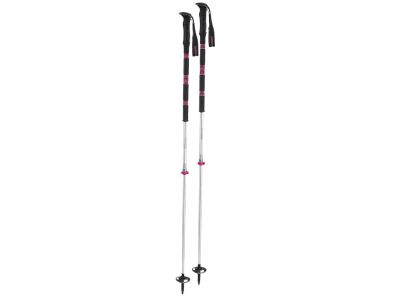
Komperdell CONTOUR TITANAL II FOAM COMPACT poles, silver/pink
79.99 €
RRP 99.99 €
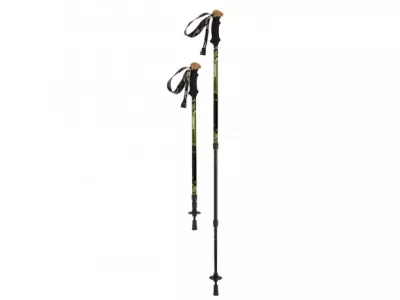
-17% Northfinder 135 ALL TERRAIN poles, 64 - 135 cm, macawgreen
28.99 €
-17%
RRP 35.99 €
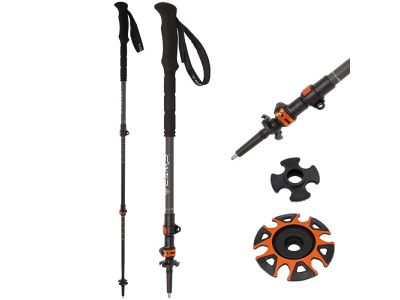
Sale -31% CAMP Backcountry Pro 2 trekking poles, 100 - 135 cm
57.99 €
-31%
RRP 84.99 €
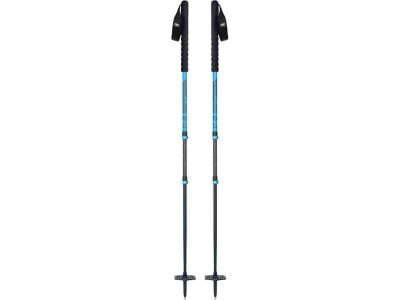
-13% Black Crows Trios Freebird poles, 115 - 140 cm, black/blue
154 €
-13%
RRP 192 €

Sale -10% Northfinder 135 ALL TERRAIN poles, 64 - 135 cm, red
25.99 €
-10%
RRP 35.99 €
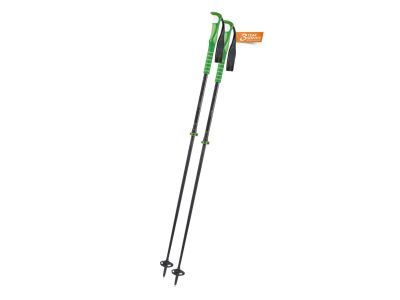
-5% Komperdell CARBON C.7 poles, 110 - 140 cm, ascent green
113 €
-5%
RRP 139.99 €

-6% Komperdell FREE TOURING JUNIOR poles, 105 - 120 cm, black
79.99 €
-6%
RRP 99.99 €
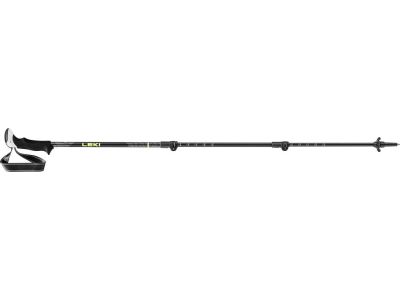
-7% LEKI Khumbu Lite Pro poles, black/dark anthracite/frozen yellow
91.99 €
-7%
RRP 99.99 €

